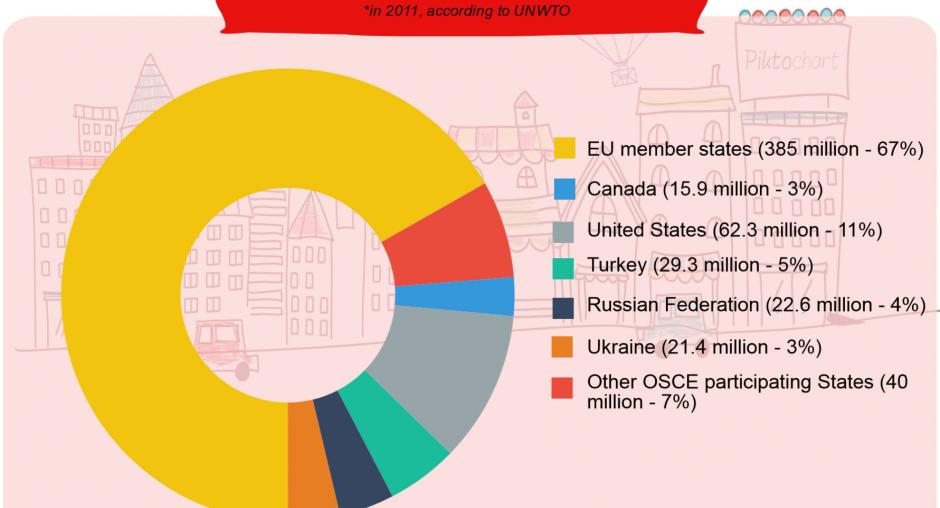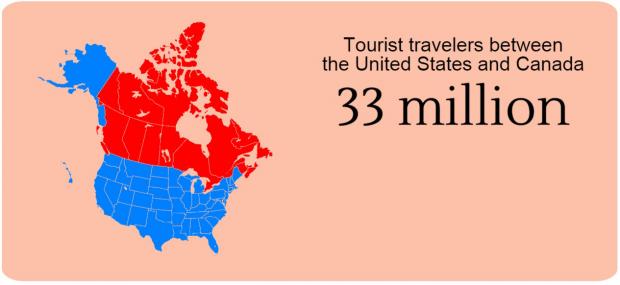Cross-border mobility in the OSCE area
Security Days: Refocusing Migration and Security - Bridging National and Regional Responses
The OSCE Security Days on 4th March 2016 in Rome sets out to stimulate a constructive and forward-looking discussion of rapidly evolving migration trends in and around the OSCE area and their complex security implications.
Follow the event using the hashtag #secdays on Twitter (@OSCE) and on Facebook, or subscribe to our email services for the latest on this event.
Learn more
From the early days of the OSCE, the participating States have taken mutually beneficial steps towards clarifying the rules and simplifying the procedures that allow persons to temporarily enter or leave countries within the OSCE region.
To support actions to ease cross-border movement within the region, the OSCE Office for Democratic Institutions and Human Rights (ODIHR) published the Baseline Study on Cross-Border Mobility in the OSCE Region in May 2014 to highlight the commitments on freedom of movement and human contacts made by the OSCE participating States, as well as to provide them with baseline information to assist them in their implementation.
According to statistical data collected by the World Tourism Organization (UNWTO), the OSCE participating States received approximately 578 million foreign visitors in 2011.
Travel within regions
Travel between the United States and Canada, which maintain mutually liberalized cross-border travel regimes, accounts for a large percentage of all foreign visitors from the OSCE region to these two countries: In 2011, 63 per cent of all visitors to the United States originating from the OSCE region came from Canada, while 84 per cent of all visitors to Canada from the OSCE region came from the United States.
The area of visa-free travel within the Commonwealth of Independent States (CIS)* is a result of bilateral agreements between many CIS states on visa-free cross-border movement.
The Schengen Area consists of 26 OSCE participating States, including 22 EU member states and four non-EU countries (Iceland, Liechtenstein, Norway and Switzerland). It covers a population of some 420 million people.
In 2011, the Schengen Area states received 276.5 million foreign tourist visitors. According to EU officials, an estimated 1.25 billion journeys across internal EU borders are made every year.
Advancing freedom of movement
Political dialogue between the OSCE participating States aimed at visa facilitation or visa liberalization has proven to be an effective mechanism for increasing the freedom of cross-border travel for citizens of these countries and the promotion of contacts between them.
*Turkmenistan and Ukraine have not ratified the Charter but participate in the work of the CIS.






